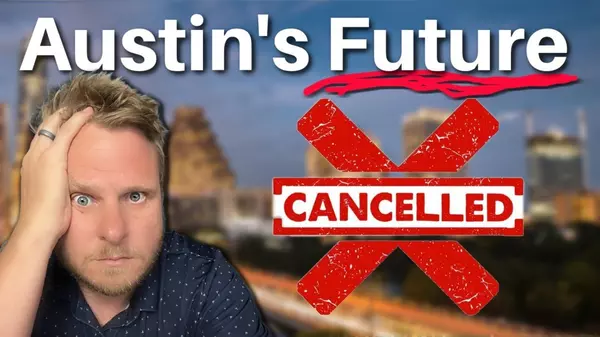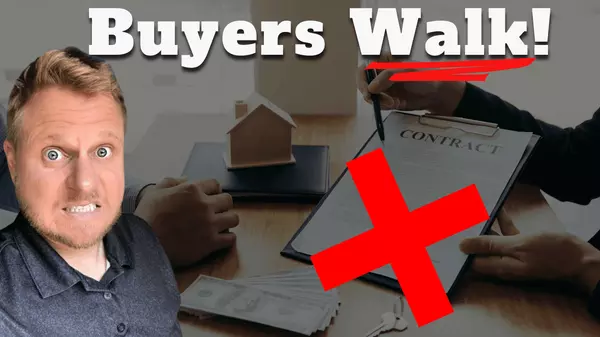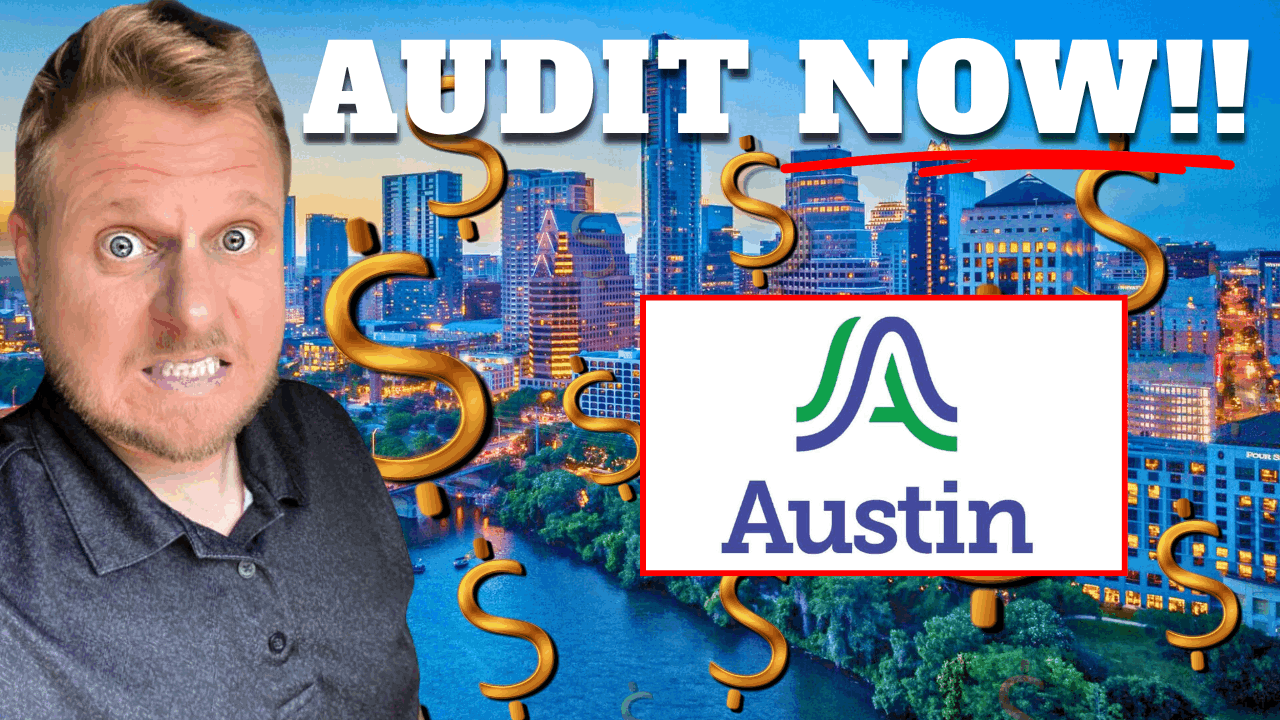Austin’s $100 Million Question
Austin Property Taxes on the Rise: What You Need to Know Before Voting in November 2025
If you thought property taxes in Austin couldn’t get any higher, think again. The Austin City Council is proposing a $6.3 billion budget that could raise taxes for homeowners by as much as 20%, translating to $300 or more per year for the average home. For higher-valued properties, this could easily exceed $1,000 annually, or about $100 extra per month.
As a homeowner, potential buyer, or renter in Austin, this affects your wallet directly and it’s crucial to understand what’s happening before the tax rate election this November 2025.
Why the Austin Budget Increase Matters
The City Council initially framed the budget increase as a way to fund essential services. However, a closer look reveals that a significant portion of the budget is being used for discretionary spending, including:
-
Business-class travel
-
Private meals and lunches for council members
-
Educational travel and national conference participation
The Austin American-Statesman uncovered that discretionary funding for city council members totals $77,000, which, while small compared to the overall $6.3 billion budget, raises questions about accountability and transparency.
Experts like Adrienne Shelley, Texas Director for Public Citizens, emphasize that taxpayer money should prioritize city services over perks for council members. Compared to other Texas cities, Austin’s spending rules are notably lax, lacking the codified restrictions seen in Houston, Dallas, and Fort Worth.
The Proposed Tax Increase: What Homeowners Will Pay
Here’s what the numbers mean for the average Austin homeowner:
| Home Value | Proposed Tax Increase | County Impact | Total Potential Increase |
|---|---|---|---|
| $500,000 | $300 | Travis County 9% disaster declaration | $500+ annually |
| $600,000–$700,000 | $1,000+ | Additional discretionary fees | $100/month |
Even with a $500,000 home, you’re looking at paying $300 more per year if the election passes. For homes valued higher, the burden scales up significantly.
Oversight and Accountability: Where Austin Falls Short
-
Travel and Meals: Council members’ travel budgets have increased dramatically, with some jumping over 500% compared to previous years.
-
Food Expenditures: Austin allows meals and travel with minimal oversight, unlike peer cities like San Antonio and Fort Worth, which require strict approvals.
-
Transparency: While council offices publish expenses, enforcement and auditing are minimal, leaving room for budget padding and discretionary spending.
This lack of strict oversight raises questions about the trustworthiness of proposed tax hikes and whether taxpayers are being asked to subsidize perks rather than services.
The Bigger Picture: How This Impacts Austin Home Affordability
Property taxes directly affect both homeowners and renters:
-
Homeowners: Increased property taxes reduce disposable income, impacting budgets for essentials and investments.
-
Renters: Landlords pass on higher taxes to tenants, contributing to already high rental rates in Austin.
-
Potential Buyers: Higher taxes make Austin real estate even less affordable, particularly for first-time homebuyers.
For those on fixed incomes, the cumulative effect of property tax hikes, utility increases, and fees can become a financial strain, potentially forcing homeowners to sell and impacting local housing inventory.
Travis County’s Role and Disaster Declarations
Travis County has approved a 9% tax hike tied to a disaster declaration. This adds roughly $200 to the average homeowner’s annual bill. Combined with the city’s increase, the total impact is significant.
Many homeowners assume property tax increases are limited to schools or essential services. In reality, city and county budgets include discretionary spending that may not directly benefit residents, yet still contributes to higher bills.
State-Level Intervention
The Texas House has passed legislation to tighten local tax rate increases, potentially reducing voter approval thresholds from 3.5% to 1% in some cases. This shows that state lawmakers recognize the problem of unchecked local tax growth.
Without these measures, local governments may continue to push tax rates upward while allowing discretionary spending to expand, a trend that could erode public trust and affordability.
Voter Power: What You Can Do
The November 2025 tax rate election gives residents a direct voice. Here’s how to navigate your options:
-
Vote Yes: Allows the city to keep the higher proposed rate, funding both essential services and discretionary spending.
-
Vote No: Limits the increase, potentially saving hundreds of dollars per homeowner per year.
Being informed is key. Review the Austin City Council budget reports, understand the breakdown of spending, and weigh whether perks and discretionary allocations align with your priorities.
Key Takeaways for Austin Residents
-
Proposed 20% property tax increase could add $300+ annually for the average home.
-
Discretionary spending by council members is rising faster than essential services funding.
-
Oversight is limited, making it critical for voters to evaluate where their tax dollars are going.
-
State legislation may restrain future increases, but immediate action rests with voters.
-
Higher property taxes affect everyone: homeowners, renters, and potential buyers.
Conclusion: Accountability Matters
Austin homeowners are being asked to pay more for a budget that includes both essential services and discretionary perks. Transparency, oversight, and fiscal responsibility should guide your decision when voting in November 2025.
As an Austin realtor, I believe that educated voters are empowered voters. The choices you make on property taxes affect your wallet, your community, and the long-term growth of the city. Don’t vote blindly, know where your money is going.
Categories
Recent Posts












